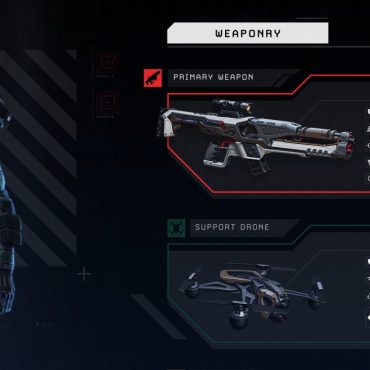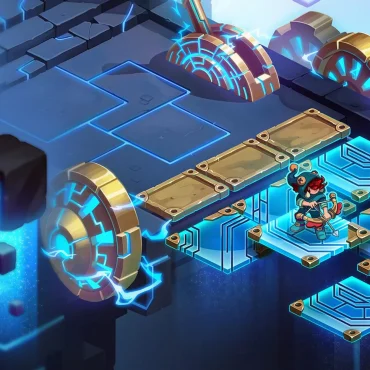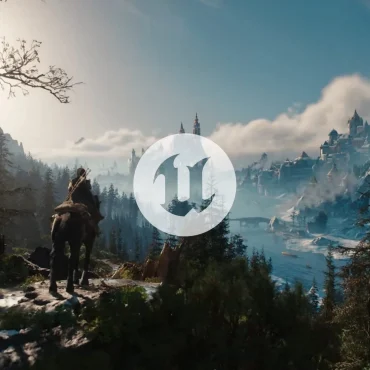Nintendo’s original Switch became a smash hit, blending home console and portable gaming in one device. It sold over 153 million units by mid 2025, making it Nintendo’s best-selling home console ever. Naturally, expectations were high for its successor. When the Nintendo Switch 2 launched in June 2025, it delivered a record-breaking debut: more than 3.5 million units sold in the first four days, making it the fastest-selling Nintendo console in US history.
Such a rapid debut proves fans were more than ready for the next generation. The demand opened doors for studios considering porting games to console to reach a fresh and engaged audience. But how feasible is it to bring your game over, and how do you know if your game belongs on Switch 2? Let’s look at the hardware first, then talk about what goes into a good port, and finally walk through the porting steps.
Switch 2 hardware and what it means for porting
First, it’s worth looking closely at what the Switch 2 actually offers. Here are the core specs:
- CPU/GPU: Custom NVIDIA system-on-chip, Ampere-based
- Performance: ~3 TFLOPs docked, ray tracing support, DLSS upscaling
- RAM: 12 GB LPDDR5X unified memory
- Storage: 256 GB internal, expandable via microSD
- Display: 1080p handheld at up to 120 Hz, 4K docked at 60 Hz
- Form factor: Hybrid — portable handheld or docked to TV
Compared to the original Switch, this is a major leap. The first model had 4 GB RAM, much slower memory, and topped out at 720p handheld. Ports often struggled to maintain stable frame rates there, especially with open-world or visually heavy games. Switch 2’s higher bandwidth memory and DLSS support give developers more headroom, though it’s still a mobile-class chipset.
In raw numbers, Switch 2 sits closer to a PS4/PS4 Pro than to modern consoles. A PS5 or Xbox Series X delivers over 10 TFLOPs and comes with 16 GB of faster memory. That means ports from PS5/Series X often need downscaling — reduced texture sizes, fewer visual effects, or capped frame rates. On the other hand, if a game already runs well on PS4 or even Steam Deck, chances are good it can be adapted for Switch 2 with reasonable effort.

Another point is how the Switch 2’s hardware shapes player expectations. With 4K output, higher refresh rates, and faster load times, players now expect smoother performance and sharper visuals than on the first Switch. But because many still use it mainly as a handheld, games must also run comfortably on an 8-inch screen. That creates a dual target: titles should look great on a TV and remain clear and efficient in portable mode. Striking this balance is what defines the Switch experience and makes the Switch 2 both powerful and unique.
When is porting games to Switch 2 a good idea?
Yet bringing a game to Switch 2 isn’t just about whether it can run on the hardware — it’s about whether it makes sense for your studio. Factors like performance demands, audience fit, and the potential for long-term sales all play a role. Let’s break down the main points to consider before committing resources to a Nintendo Switch port:
- Game audience and genre fit: The Switch platform historically has a broad audience, but it’s especially popular for indie games, platformers, RPGs, multiplayer party games, and Nintendo-esque family-friendly titles. If your game appeals to these demographics, a Switch 2 port could tap into a very enthusiastic fan base. That said, even genres like shooters and mature RPGs have found success on Switch – the key is whether players would enjoy that game on a portable device. If your title is the kind of experience people would love to take on the go or play on the couch with friends, it likely belongs on Switch 2.
- Technical feasibility: As discussed, consider the hardware demands. A game that already runs on console/PC mid-range specs or is scalable (using adaptable engines like Unity/Unreal) is a prime candidate for porting games to Switch. For example, many developers who skipped the original Switch due to its limitations are now revisiting the idea because Switch 2’s power can handle their game. On the other hand, if your project absolutely requires ultra-high-end graphics or specialized hardware (like VR or peripherals not supported on Switch), a port might not deliver a good experience. Always weigh the effort required to downgrade or optimize against the potential audience gain.
- Existing success and new markets: If your game has already done well on PC/PS/Xbox, porting games to Nintendo Switch can extend its lifecycle and revenue by reaching new players who perhaps only play on Nintendo platforms. Many indie hits (think Stardew Valley, Hollow Knight, etc.) saw huge second winds of sales on Switch due to the console’s popularity and the appeal of portable play. If timing is right, releasing a quality Switch port can get you extra media attention.
One thing to note is that simply dumping a game onto the new platform isn’t a guaranteed win. The Switch audience values quality, and often, word-of-mouth will determine if a port is worth buying. A lazy or badly optimized port can backfire. It’s wise to commit to making the Switch version a good experience. Ports should not be seen as “easy money” but rather as another launch, requiring polish.
What you need for a Nintendo Switch port
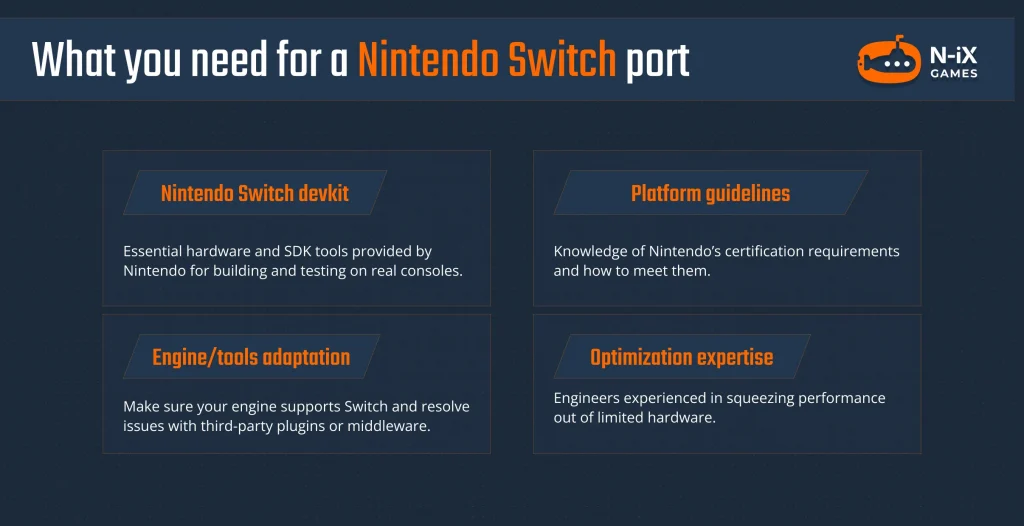
So you’ve decided your game should make the jump — what do you actually need to begin porting a game to Nintendo Switch 2? There are a few prerequisites and resources to line up:
- Nintendo Switch devkit hardware: Unlike open platforms (PC, mobile), consoles are closed systems. To develop or port a game to Switch, you must obtain an official Nintendo Switch devkit. This is a special version of the hardware provided by Nintendo to licensed developers. You typically apply through Nintendo’s developer portal, and if approved, you purchase or lease the devkit. Keep in mind that access to Switch devkits is usually reserved for established studios or those with a proven track record. If you’re an indie with no prior console releases, consider partnering with a publisher or porting studio that can provide access. The Switch 2 devkit will come with Nintendo’s SDK (software development kit) libraries, documentation, and debugging tools that you’ll use to build your game for the platform. Note that devkits often cannot leave the office or be easily shared, due to strict NDA and security policies. Plan accordingly for your team’s access – sometimes multiple kits or secure remote setups are needed if your team is distributed.
- Up-to-date tech stack: Ensure that your game engine supports Switch 2. Popular engines like Unity and Unreal Engine have built-in support for Switch (both Switch 1 and 2, generally), which makes porting easier. If your game is on a proprietary engine, you’ll need to port the engine itself to work on the Switch’s OS and hardware. In either case, expect to spend time on integration and resolving any third-party plugin issues. You’ll need source access or vendor support to fix such issues. It’s wise to audit your game’s tech stack for console compatibility early on.
- Familiarity with platform guidelines: Beyond just making the game run, a Nintendo Switch port must comply with Nintendo’s requirements. Nintendo, like Sony and Microsoft, has a certification process (Nintendo’s is often called Lotcheck) that every game must pass before release. This includes things like proper handling of system menus, compliance with rating descriptors, correct display of controller icons, and no hard crashes or severe bugs. It’s crucial to read Nintendo’s technical requirements documentation early and thoroughly. If your team hasn’t been through console certification, be prepared for a learning curve – and allocate time for multiple submission attempts, because it’s common to get some issues flagged and have to fix them. We already talked more in-depth about the console certification guide in our past article, so make sure to check it out.
- Team expertise in optimization: Porting games to Switch is often more about optimization than pure coding. You want a team (or external partner) with experience in squeezing performance out of limited hardware. On Switch, that means understanding GPU profiling, CPU bottlenecks, and memory constraints.
In short, porting a game to Nintendo Switch 2 requires the right hardware (devkits), software setup, skilled people, and knowledge of Nintendo’s rules. It’s a project that needs planning.
How the porting process looks
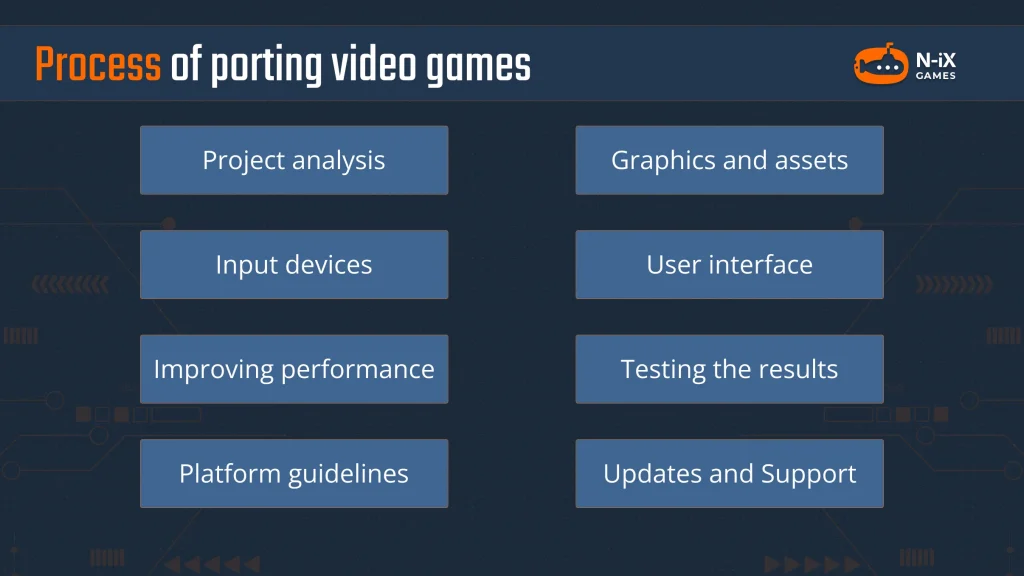
The porting process starts with project analysis, where developers review the code, assets, and engine to see what changes are needed. Then comes updating the code — fixing anything that won’t compile or function on the new platform.
The next step is adjusting graphics and assets so they fit within the target hardware’s memory and performance limits, and refining the user interface to make sure text, menus, and HUD elements are readable on different screen sizes. Input devices also matter, so controls are remapped to match the buttons and features of the new system. After that, the team focuses on improving performance, testing for stability and frame rate, and checking against platform-specific guidelines before submission.
If you’d like a detailed step-by-step explanation with possible including the challenges, we’ve covered the full process in our past article about the video game porting process.
Summing Up
The Switch 2 isn’t just about upgraded specs — it’s about building a long-term ecosystem. With DLSS support, faster memory, and backward compatibility, the platform is set to grow steadily over the coming years. Getting your game onto it early can pay off by putting you in front of a player base that’s only going to expand. A well-timed port today can give your title staying power in a library that will define Nintendo’s next chapter.
Port your game to Switch with N-iX Games
At N-iX Games, we understand what it takes to make a port feel natural on Nintendo hardware. Our team has more than a decade of experience in the games industry, supporting both indie studios and global publishers on projects ranging from smaller passion titles to large-scale AAA productions. Over the years, we’ve built deep expertise in certification, optimization, and making sure games run smoothly on consoles.
A project we’re especially proud of is Speed Crew, created together with Wild Fields. It’s a fast-paced co-op party game where players step into the role of pit-stop mechanics. Designed for both local and online play, it’s all about teamwork, chaos, and fun.
We were responsible for almost every part of the project: from game design and art direction to development, testing, and porting. Bringing the game to Switch was a milestone: we optimized performance, passed certification, and ensured it felt natural on Nintendo hardware. Later, we expanded the game to Xbox and PlayStation, so today Speed Crew lives on all major platforms.
But we’re also proud of all the games we’ve helped bring to life. Here’s a short showcase of other titles our team has contributed to:
If you’re considering porting games to Switch 2, we’d be glad to share our experience and help ensure your game reaches Nintendo’s growing audience the right way.

